Ransomware becoming dangerous with double encrypting users data
By MYBRANDBOOK
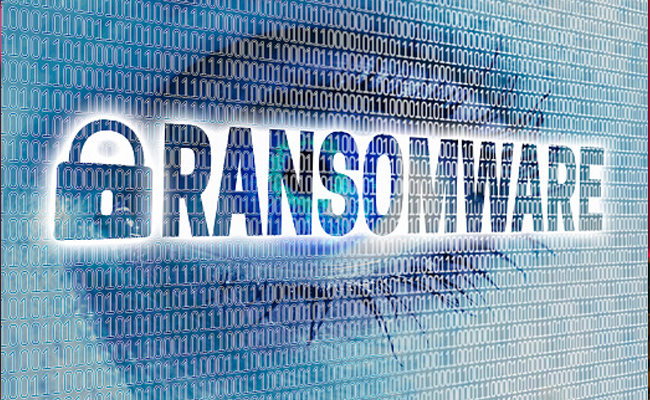
Ransomware groups have always taken a more-is-more approach. Double-encryption attacks have happened before, usually stemming from two separate ransomware gangs compromising the same victim at the same time. But antivirus company Emsisoft says it is aware of dozens of incidents in which the same actor or group intentionally layers two types of ransomware on top of each other.
Emsisoft threat analyst Brett Callow, says, “The groups are constantly trying to work out which strategies are best, which net them the most money for the least amount of effort. So in this approach you have a single actor deploying two types of ransomware. The victim decrypts their data and discovers it’s not actually decrypted at all.”
Some victims get two ransom notes at once, Callow says, meaning that the hackers want their victims to know about the double-encryption attack. In other cases, though, victims only see one ransom note and only find out about the second layer of encryption after they've paid to eliminate the first.
Emsisoft has identified two distinct tactics. In the first, hackers encrypt data with ransomware A and then re-encrypt that data with ransomware B. The other path involves what Emsisoft calls a “side-by-side encryption” attack, in which attacks encrypt some of an organization's systems with ransomware A and others with ransomware B. In that case, data is only encrypted once, but a victim would need both decryption keys to unlock everything. The researchers also note that in this side-by-side scenario, attackers take steps to make the two distinct strains of ransomware look as similar as possible, so it's more difficult for incident responders to sort out what's going on.
Ransomware gangs often operate on a revenue-sharing model, where one group builds and maintains a strain of ransomware and then rents its attack infrastructure to “affiliates” who carry out specific attacks. Callow says that double encryption fits into this model by allowing clients who want to launch attacks to negotiate splits with two gangs that can each provide a distinct strain of malware.
The question of whether to pay digital ransoms is a thorny and important one. And ransomware victims who choose to pay already need to be wary of the possibility that attackers won't actually supply a decryption key. But the rise of double encryption as a strategy raises the additional risk that a victim could pay, decrypt their files once, and then discover that they need to pay again for the second key. As a result, the threat of double encryption makes the ability to restore from backups more crucial than ever.


Legal Battle Over IT Act Intensifies Amid Musk’s India Plans
The outcome of the legal dispute between X Corp and the Indian government c...

Wipro inks 10-year deal with Phoenix Group's ReAssure UK worth
The agreement, executed through Wipro and its 100% subsidiary,...

Centre announces that DPDP Rules nearing Finalisation by April
The government seeks to refine the rules for robust data protection, ensuri...

Home Ministry cracks down on PoS agents in digital arrest scam
Digital arrest scams are a growing cybercrime where victims are coerced or ...

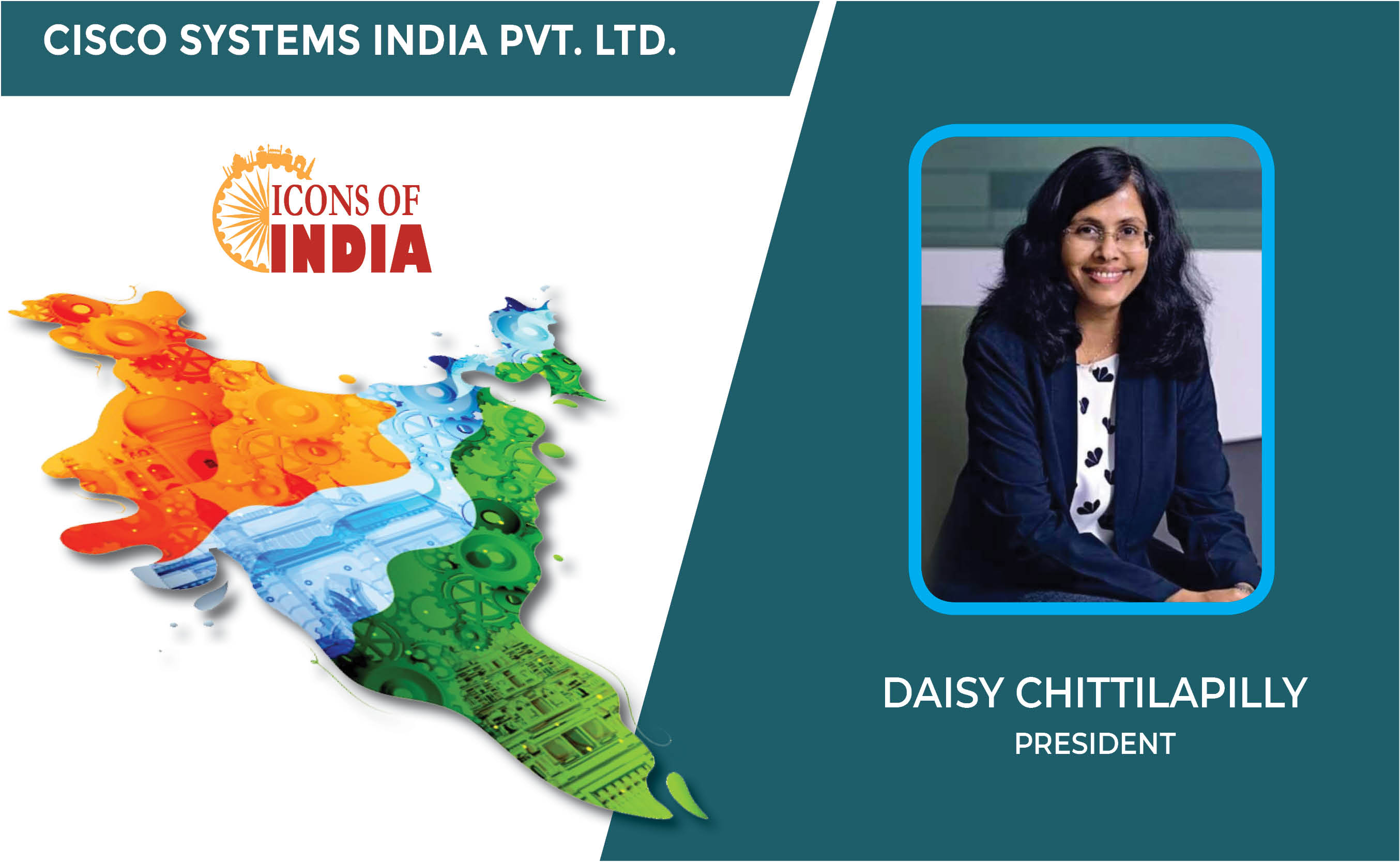
Icons Of India : Daisy Chittilapilly
Daisy Chittilapilly is the President of Cisco’s India and SAARC regi...
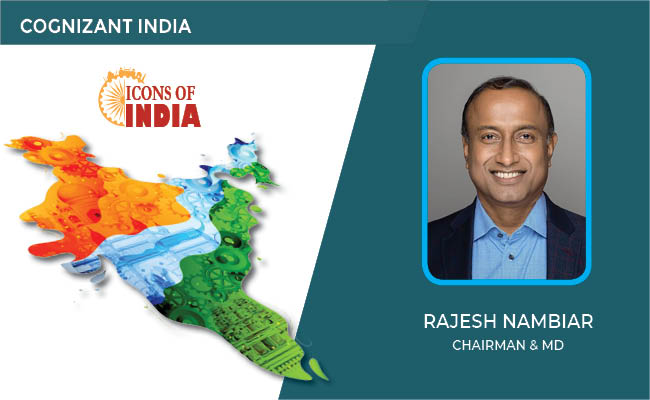
ICONS OF INDIA : RAJESH NAMBIAR
Rajesh leads the company’s India associates and enhances relationshi...
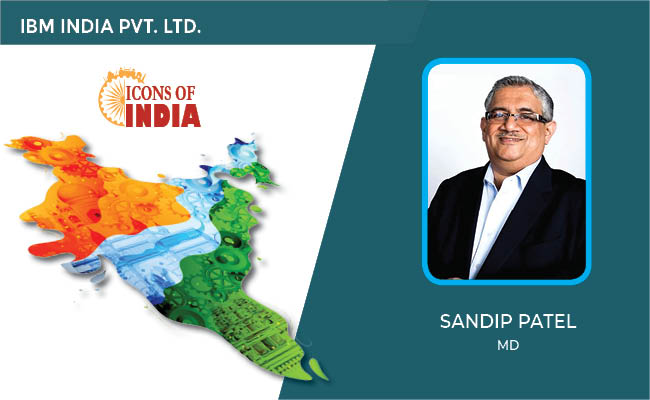
ICONS OF INDIA : SANDIP PATEL
Sandip Patel is the Managing Director for IBM India & South Asia regio...

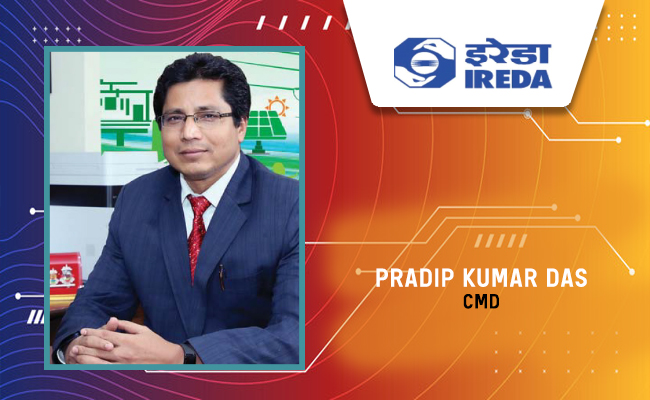
IREDA - Indian Renewable Energy Development Agency Limited
IREDA is a specialized financial institution in India that facilitates...
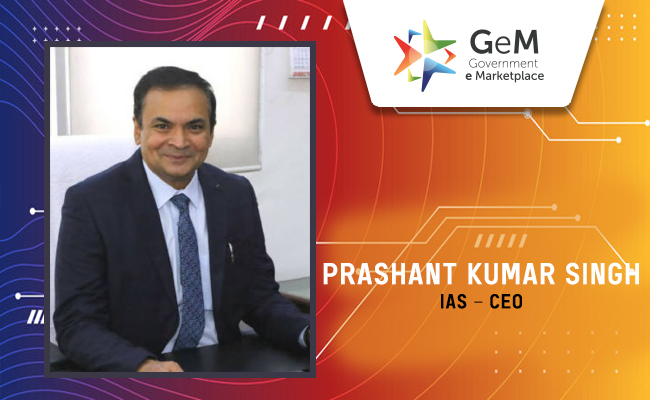
GeM - Government e Marketplace
GeM is to facilitate the procurement of goods and services by various ...
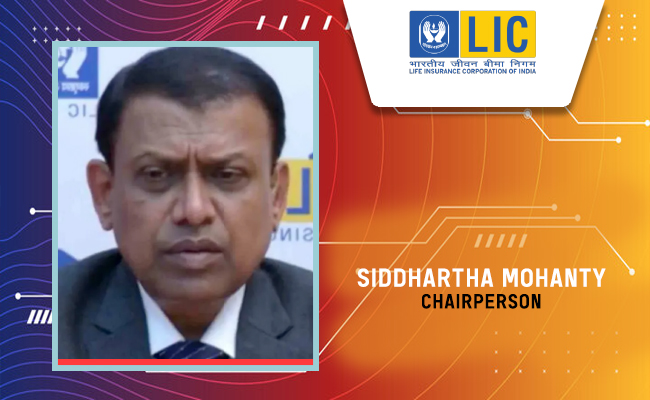
LIC - Life Insurance Corporation of India
LIC is the largest state-owned life insurance company in India...

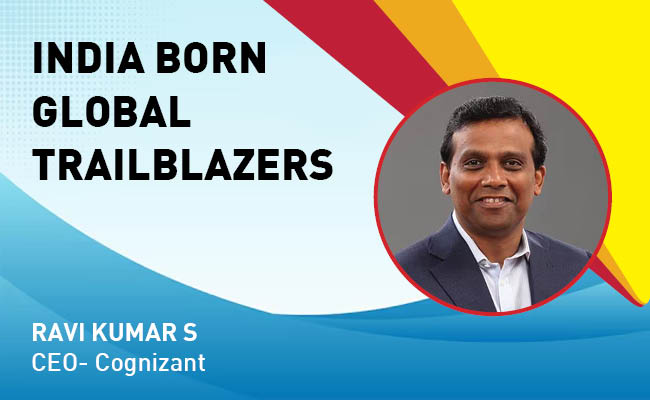
Indian Tech Talent Excelling The Tech World - RAVI KUMAR S, CEO- Cognizant
Ravi Kumar S, appointed as CEO of Cognizant in January 2023, sets the ...

Indian Tech Talent Excelling The Tech World - Sanjay Mehrotra, CEO- Micron Technology
Sanjay Mehrotra, the President and CEO of Micron Technology, is at the...

Indian Tech Talent Excelling The Tech World - REVATHI ADVAITHI, CEO- Flex
Revathi Advaithi, the CEO of Flex, is a dynamic leader driving growth ...
 of images belongs to the respective copyright holders
of images belongs to the respective copyright holders